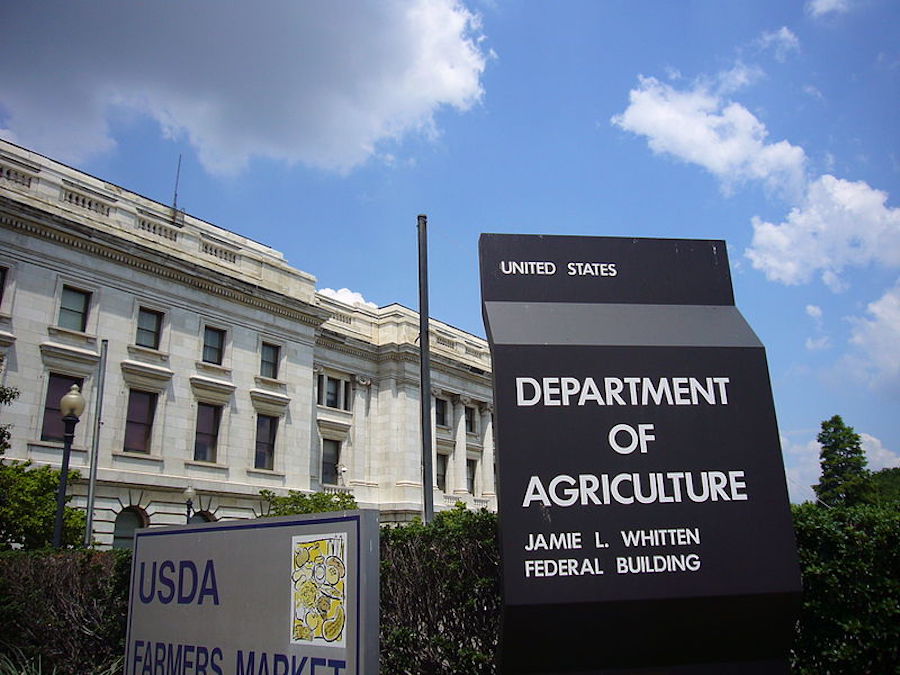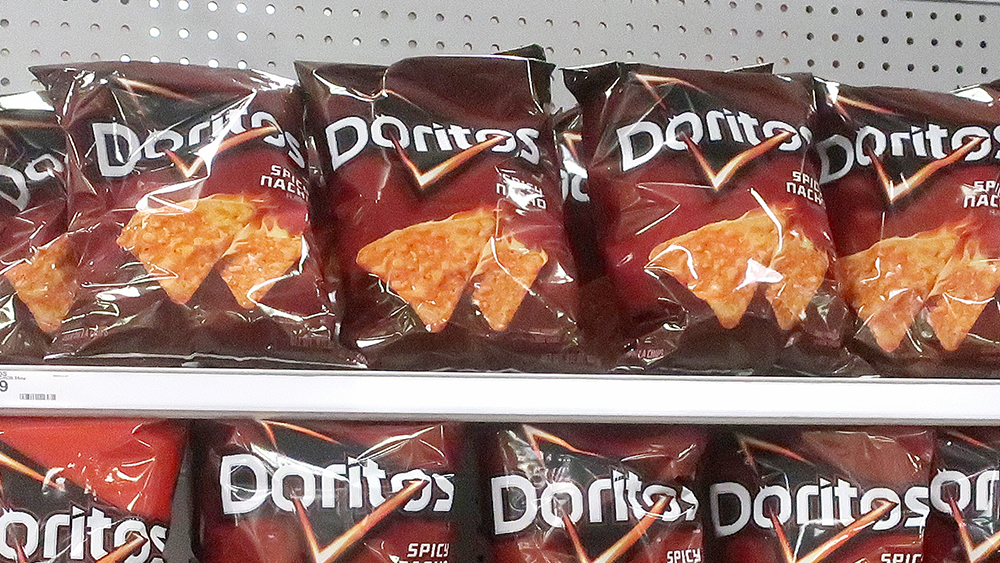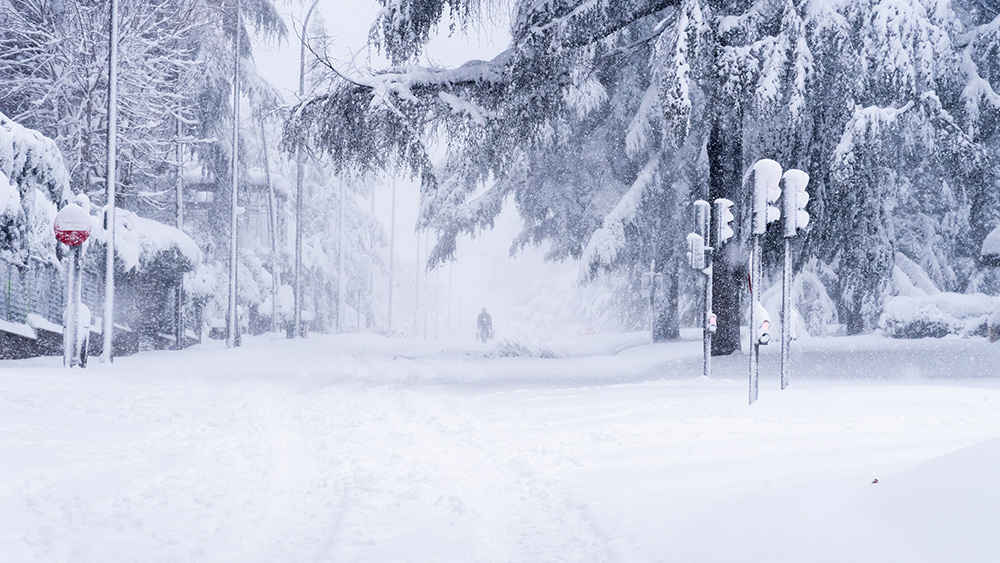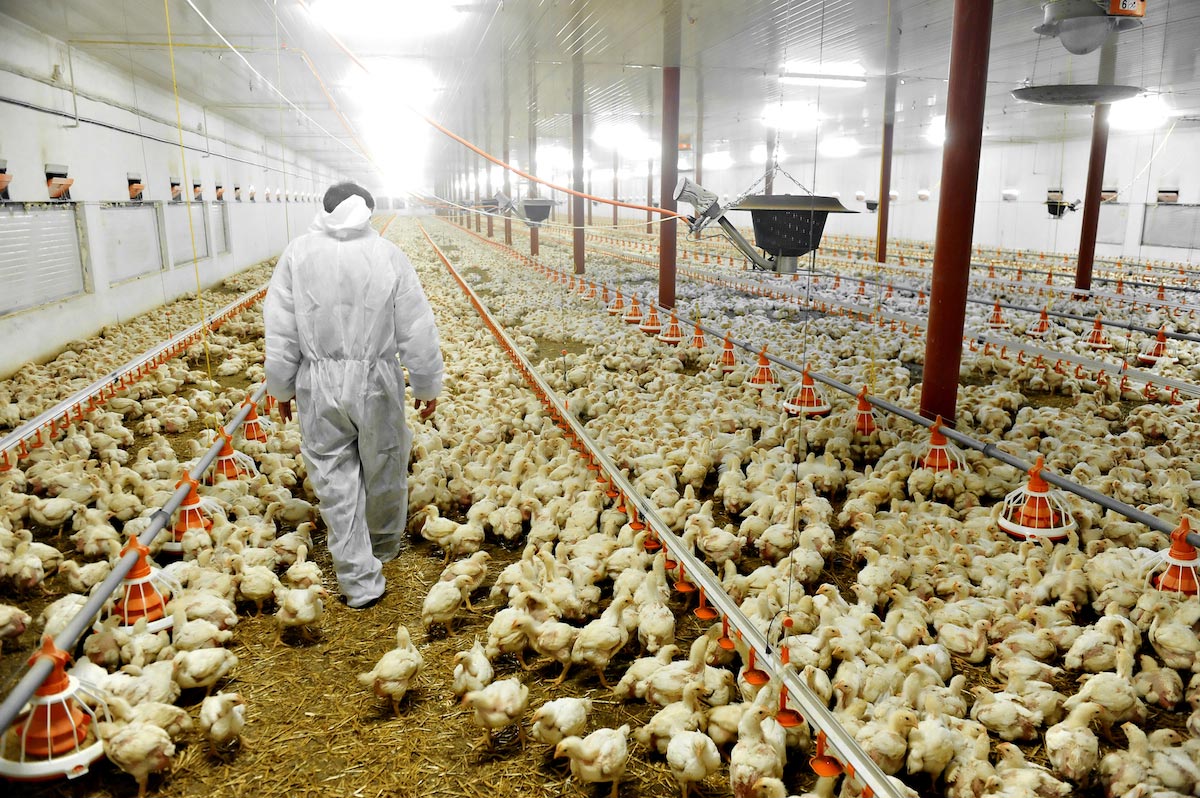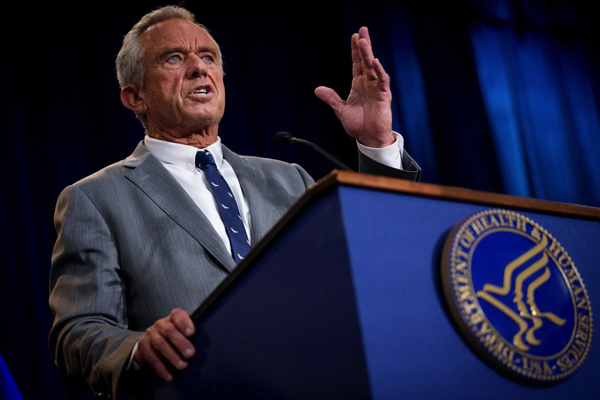Food banks across America buckle under unprecedented demand as federal safety net frays
11/13/2025 / By Zoey Sky

- A combination of political issues, economic strain and the expiration of government benefits has created a severe hunger crisis. Food banks and pantries, which are normally busy in November, are now being pushed past their breaking points by unprecedented demand.
- The crisis was triggered by a lapse in SNAP benefits (food stamps) for approximately 42 million Americans. This has forced millions of families who relied on that assistance to turn to food banks and pantries as their only alternative.
- From Massachusetts to West Virginia to Iowa, food banks are reporting record-breaking demand. They are distributing double or triple their normal amount of food, but supplies are flying off the shelves faster than they can be restocked, leaving many people on waiting lists.
- The charitable food network is showing clear signs of collapse. Food pantries are pleading for fewer referrals because they are at full capacity, and hotlines are flooded with calls. Donations and temporary state aid are not enough to keep up, and nonprofits risk running out of money and food.
- Frontline workers and national organizations are stating clearly that food banks are an emergency response, not a permanent solution. They cannot make up for the failure of the federal government’s food assistance program, and the current situation is unsustainable, leaving millions without a reliable safety net.
In a normal year, November marks the busy season for the nation’s network of food banks and pantries. But 2025 is not a normal year.
A perfect storm of political gridlock, expiring benefits and economic strain has pushed these vital community resources to the brink, creating a crisis of hunger that is overwhelming staff, depleting supplies and leaving millions of anxious Americans unsure of where their next meal will come from.
The core of the problem is the lapse of Supplemental Nutrition Assistance Program (SNAP) benefits for approximately 42 million Americans. For families who rely on these food stamps to keep their refrigerators stocked, the sudden loss of this assistance has created a desperate scramble for alternatives.
BrightU.AI‘s Enoch explains that SNAP is a vital federal program that provides financial assistance to low-income individuals and families to purchase nutritious food. It is the largest food assistance program in the United States.
The scene at the ABCD Allston/Brighton Neighborhood Opportunity Center Food Pantry in Massachusetts is a microcosm of the national crisis. Operations Manager Elaina Schreckenberger describes the environment as “madness,” with staff scrambling to manage a steady flow of people.
Even during the Thanksgiving season, a time for holiday feasts, the desperation is palpable. Some individuals in line admit they are so stretched for food that the frozen turkey they receive might be eaten long before the holiday arrives.
The emotional toll on both recipients and staff is immense. Client advocate Juliet Smith describes the pain of having to tell people there is simply nothing available for them, a first in her experience. In some cases, new clients are being told there is a two-week wait for assistance, a devastating delay for someone facing immediate hunger.
More food banks and pantries in other states struggle to provide assistance
The strain is not confined to one region. In West Virginia, the situation became critical when SNAP payments for 270,000 residents were unexpectedly delayed. The response from food banks was immediate and Herculean.
The Facing Hunger Foodbank distributed 75 tons of food in one weekend, more than double its typical output.
Similarly, the Mountaineer Foodbank distributed 46 tons, a figure that triples its normal distribution. This massive effort highlights the scale of the gap left by the missing federal benefits.
Further west, in Iowa, the Johnston Partnership is also breaking unwelcome records. Executive Director Andrea Cook reports that every day in November has set a new record for demand. Food is flying off the shelves as fast as it comes in, forcing board members and volunteers to take on roles like unloading trucks and making deliveries to keep the operation afloat.
The system is showing clear signs of failure.
In Massachusetts, Erin McAleer of Project Bread says their food assistance hotline is receiving four times the usual number of calls. Distressingly, they have begun receiving requests from pantries themselves, pleading for them to slow down referrals because they have reached absolute capacity and cannot feed any more people. McAleer somberly notes that the “levees are already starting to break.”
While some state governments, like New York and California, have stepped in with emergency funding and National Guard support for distribution, and private donations have increased, these efforts are a drop in the bucket.
David Finke, CEO of an organization in Louisville, Kentucky, provides a stark example: while they received a generous 600 pounds of food in donations on one day, they gave out nearly 1,000 pounds. Finke bluntly states that this model is not sustainable and knows of three nonprofits that may soon be unable to pay their staff.
The crisis is forcing difficult choices. Organizations are now worried that diverting all their resources to emergency food relief will jeopardize their other critical services, such as job placement assistance and mental health counseling.
The frustration is also boiling over among those on the front lines. Judith Ingram, who runs a food program in Washington, D.C., questions how long the community can be expected to take over for a failed government program.
The sentiment is echoed at the national level. The National Council of Nonprofits states bluntly that while food banks are a crucial piece of the puzzle, they could never possibly make up for the failure of the federal government.
For millions of Americans, the safety net has frayed to a breaking point, leaving them to rely on a patchwork of charities that are themselves running out of resources. The message from food banks across the country is clear: without a stable and functional federal nutrition program, the fight against hunger is one they cannot win alone.
Watch the full video below of “Brighteon Broadcast News” with the Health Ranger Mike Adams as he talks about the worsening USDA SNAP crisis.
This video is from the Health Ranger Report channel on Brighteon.com.
Sources include:
Submit a correction >>
Tagged Under:
big government, chaos, Collapse, debt collapse, direct assistance programs, emergency food assistance, financial assistance, food aid, food banks, food insecurity, food rationing, food scarcity, food stamps, food supply, government shutdown, money supply, pensions, SNAP, starvation, Supplemental Nutrition Assistance Program, USDA
This article may contain statements that reflect the opinion of the author
RECENT NEWS & ARTICLES
COPYRIGHT © 2017 FOOD SUPPLY NEWS


